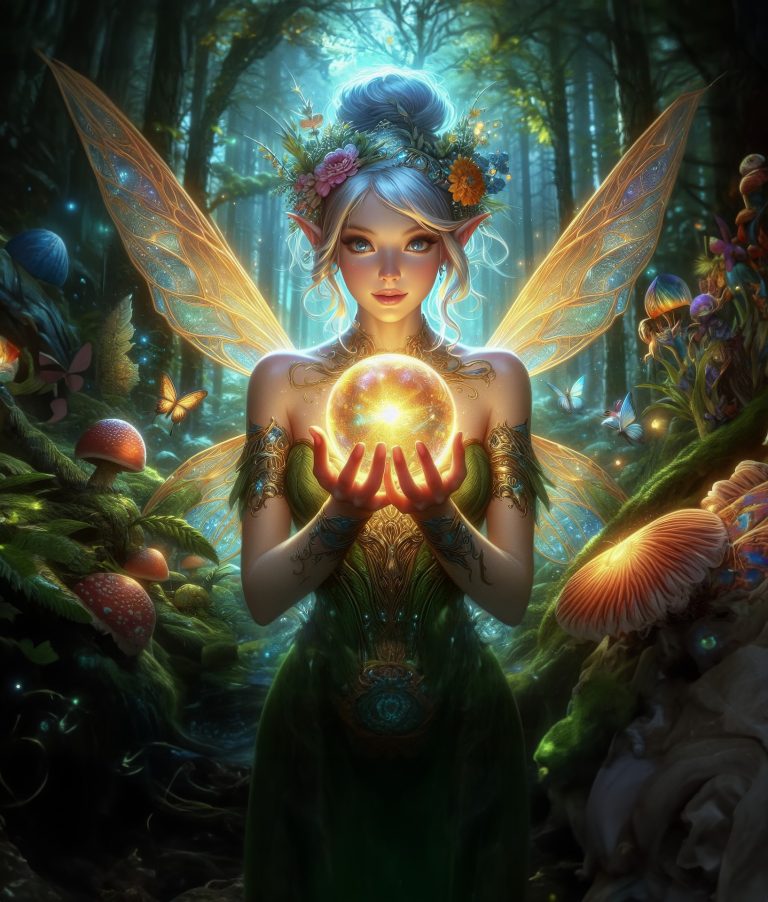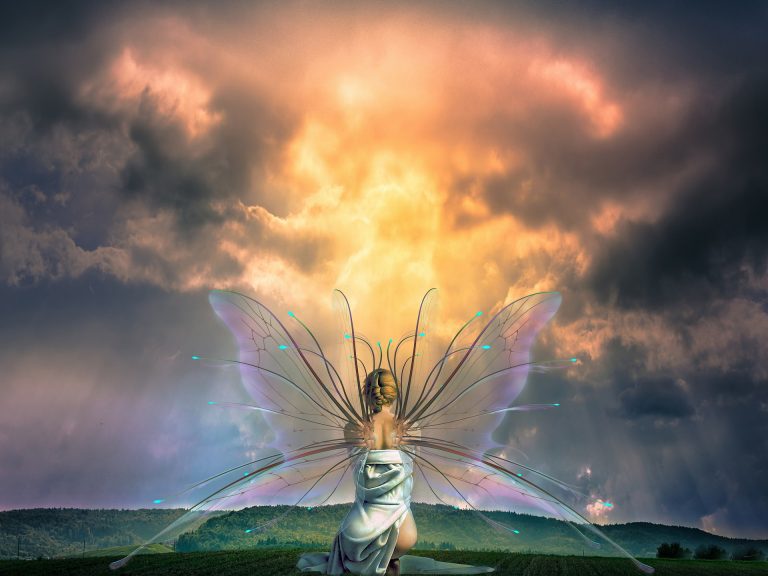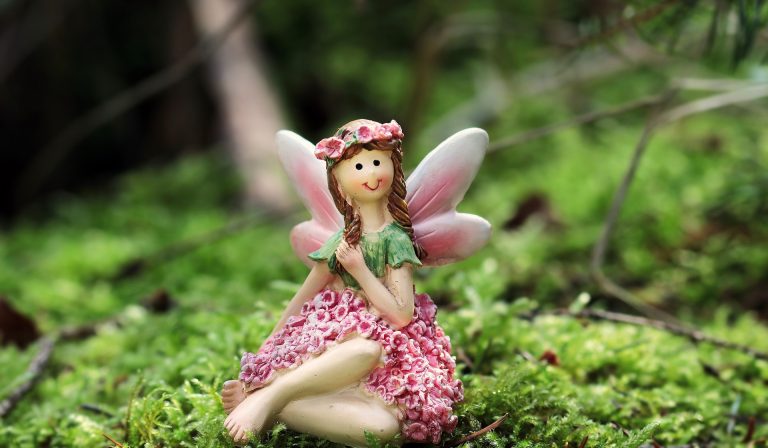Fairyology: Exploring the Enchanting Realm of Fairy Folklore and Belief
Introduction
Fairyology, a field steeped in ancient folklore and contemporary fascination, explores the mystical realm of fairies—enigmatic beings believed to inhabit natural landscapes across cultures worldwide. Spanning centuries of storytelling, artistic representation, and scholarly inquiry, fairyology blends myth, legend, and cultural anthropology to unravel the enduring allure and significance of fairies in human imagination. This article delves into the rich tapestry of fairyology, examining its historical roots, cultural manifestations, and contemporary interpretations in a world captivated by magical beings.

Historical Roots and Evolution
The origins of fairyology can be traced back to ancient civilizations where tales of supernatural beings, often associated with nature spirits, permeated folklore. In European traditions, fairies were depicted as ethereal creatures dwelling in enchanted forests, hills, and meadows. These beings were believed to possess magical powers and interact with humans, sometimes bestowing blessings or causing mischief.
During the Romantic era of the 18th and 19th centuries, fairy folklore experienced a revival in literature and art, notably influenced by writers such as the Brothers Grimm and poets like William Butler Yeats. These literary works and artistic interpretations helped solidify the popular image of fairies as diminutive, winged creatures embodying the beauty and mystery of nature.
Cultural Manifestations and Belief Systems
Across cultures, fairy-like beings appear in various forms and names—sprites, nymphs, pixies, and more—each reflecting unique cultural perspectives and traditions. In Celtic mythology, for instance, fairies (known as “daoine sidhe” or “Aos Sí”) were revered as guardians of the natural world, inhabiting ancient mounds and sacred landscapes. Similarly, in Scandinavian folklore, elves (or “huldufólk”) were believed to inhabit remote forests and mountains, embodying the spirit of the wilderness.
In modern times, belief in fairies persists in pockets of rural communities and among spiritual practitioners who engage with nature-based religions and neo-pagan traditions. Practices such as Wicca and Druidry incorporate reverence for nature spirits, including fairies, as part of their spiritual worldview, emphasizing harmony with the natural world and the unseen realms.

Psychological and Anthropological Perspectives
From a psychological standpoint, fairyology offers insights into the human psyche and collective consciousness. Jungian psychology, for instance, views fairy folklore as symbolic representations of archetypal themes such as transformation, the unconscious mind, and the interplay between light and shadow aspects of the self. Fairy tales, with their motifs of trials, quests, and magical helpers, are seen as allegories of personal growth and spiritual awakening.
Anthropologically, fairyology explores how belief in fairies reflects cultural attitudes towards nature, spirituality, and the supernatural. Studies of folk traditions and rituals reveal how communities interact with the unseen realm through offerings, rituals, and protective charms aimed at appeasing or invoking the favor of fairy beings.
Literary and Artistic Influence
The influence of fairyology extends beyond folklore and belief systems into literature, art, and popular culture. Fairy tales, such as those collected by the Grimm Brothers or penned by Hans Christian Andersen, continue to captivate audiences with their timeless themes of love, loss, and the triumph of virtue over adversity. These stories often feature encounters with fairies who impart wisdom, grant wishes, or test the moral character of protagonists.
In visual arts, fairyology inspires a diverse array of interpretations—from whimsical illustrations of winged sprites to haunting portrayals of otherworldly landscapes inhabited by mysterious beings. Artists throughout history, including Arthur Rackham, Brian Froud, and contemporary fantasy illustrators, have contributed to shaping the visual identity of fairies in popular imagination.
Contemporary Interpretations and Cultural Impact
In the contemporary era, fairyology intersects with trends in fantasy literature, films, and media, where fairies are reimagined as complex characters navigating modern dilemmas while retaining their magical allure. Works such as J.R.R. Tolkien’s “The Lord of the Rings,” J.K. Rowling’s “Harry Potter” series, and the popular Disney film “Maleficent” reinterpret fairy folklore for new generations, blending traditional motifs with contemporary storytelling techniques.
Moreover, fairyology influences eco-spirituality movements advocating for environmental conservation and stewardship. The concept of fairies as guardians of natural habitats resonates with efforts to protect biodiversity, promote sustainable practices, and cultivate a deeper connection to the natural world.

Challenges and Debates
Despite its enduring appeal, fairyology faces challenges in distinguishing between folklore, mythology, and contemporary fantasy fiction. Skeptics dismiss belief in fairies as superstition or wishful thinking, challenging the validity of anecdotal accounts and supernatural encounters. In academia, scholars debate the cultural origins and evolution of fairy beliefs, grappling with interpretations influenced by colonialism, globalization, and cultural appropriation.
Conclusion
Fairyology remains a captivating field of study, offering a multidimensional exploration of human imagination, cultural diversity, and spiritual beliefs through the lens of fairy folklore. From ancient myths to modern interpretations, fairies continue to enchant and inspire, bridging the gap between the mundane and the magical in our collective consciousness.
As we navigate an increasingly complex world, fairyology invites us to reflect on our relationship with nature, the mysteries of the unseen realm, and the enduring power of storytelling to evoke wonder and awe. Whether viewed through historical lenses, psychological frameworks, or artistic expressions, fairyology reveals the timeless allure of fairy beings and their profound impact on human culture and creativity.
Through ongoing research, interdisciplinary inquiry, and respectful engagement with diverse cultural perspectives, fairyology contributes to our understanding of the human experience and our interconnectedness with the natural world. As we embrace the enchantment of fairy folklore, we continue to discover new depths of meaning and inspiration in the enduring tales of these mystical beings who inhabit the realms of imagination and beyond.

